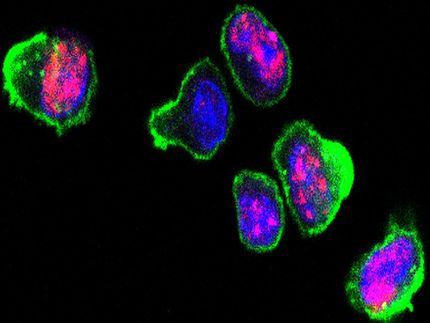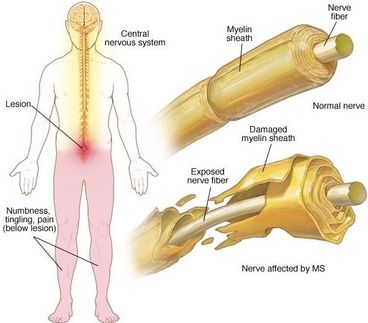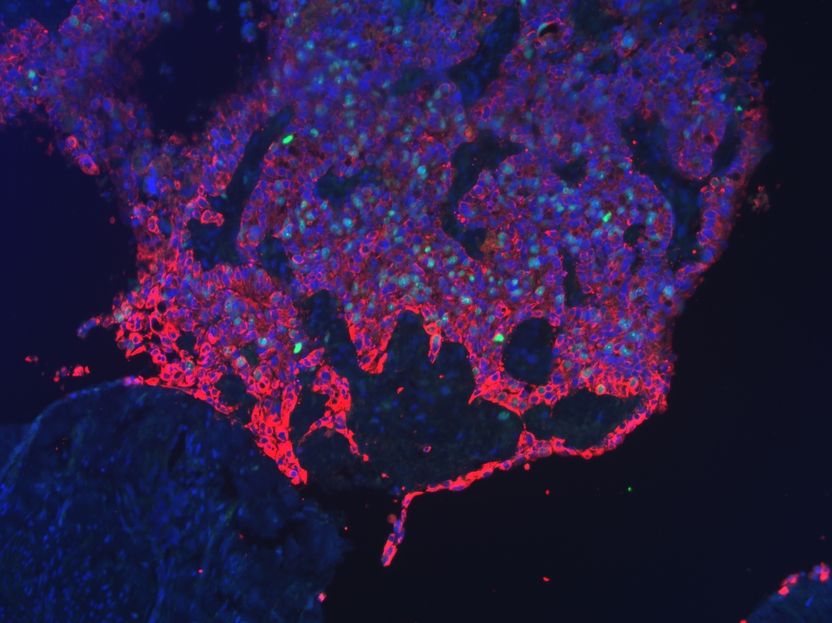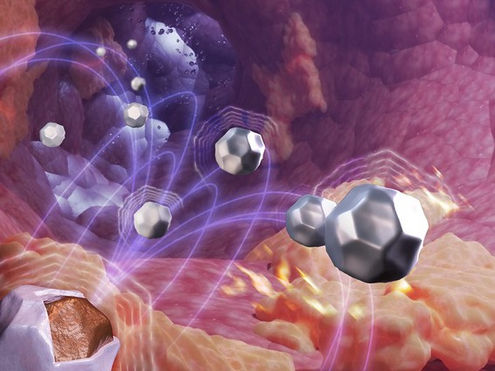Gene therapy prevents, reverses multiple sclerosis in animal model
multiple sclerosis can be inhibited or reversed using a novel gene therapy technique that stops the disease's immune response in mouse models, University of Florida Health researchers have found.
By combining a brain-protein gene and an existing medication, the researchers were able to prevent the mouse version of multiple sclerosis. Likewise, the treatments produced near-complete remission in the animal models. The findings, which researchers said have significant potential for treating multiple sclerosis and other autoimmune disorders, are published in the journal Molecular Therapy.
Multiple sclerosis affects about 2.3 million people worldwide and is the most common neurological disease in young adults. The incurable disorder starts when the immune system attacks the myelin sheath surrounding nerve fibers, making them misfire and leading to problems with muscle weakness, vision, speech and muscle coordination.
The researchers used a harmless virus, known as an adeno-associated virus, to deliver a gene responsible for a brain protein into the livers of the mouse models. The virus sparked production of so-called regulatory T cells, which suppress the immune system attack that defines multiple sclerosis. The gene was targeted to the liver because it has the ability to induce immune tolerance.
"Using a clinically tested gene therapy platform, we are able to induce very specific regulatory cells that target the self-reactive cells that are responsible for causing multiple sclerosis," said Brad E. Hoffman, Ph.D., an assistant professor in the departments of pediatrics and neuroscience at the University of Florida College of Medicine.
The protein, myelin oligodendrocyte glycoprotein, was found to be effective in preventing and reversing muscular dystrophy on its own. A group of five mouse models that received the gene therapy did not develop experimental autoimmune encephalomyelitis, which is the mouse equivalent of multiple sclerosis in humans. In another experiment, all but one mouse model showed a significant reversal of the disease eight days after a single gene therapy treatment.
Hoffman said he was also encouraged by the treatment's longevity. After seven months, the mouse models that were treated with gene therapy showed no signs of disease, compared with a group of untreated mouse models that had neurological problems after 14 days.
When the protein was combined with rapamycin -- a drug used to coat heart stents and prevent organ transplant rejection -- its effectiveness was further improved, the researchers found. The drug was chosen because it allows helpful regulatory T-cells to proliferate while blocking undesirable effector T-cells, Hoffman said.
Among the mouse models that were given rapamycin and the gene therapy, 71 percent and 80 percent went into near-complete remission after having hind-limb paralysis. That, Hoffman said, shows the combination can be especially effective at stopping rapidly progressing paralysis.
While researchers have established how gene therapy stimulates regulatory T cells in the liver, Hoffman said little else is known about the detailed mechanics of how that process works.
Before the therapy can be tested in humans during a clinical trial, further research involving other preclinical models will be needed, Hoffman said. Researchers also need to target the full suite of proteins that are implicated in multiple sclerosis, he added.
Still, Hoffman said he is extremely optimistic that the gene therapy can be effective in humans. "If we can provide long-term remission for people and a long-term quality of life, that is a very promising outcome," he said.
Other news from the department science
Most read news
More news from our other portals
See the theme worlds for related content
Topic world Gene therapy
Genetic diseases once considered untreatable are now at the center of innovative therapeutic approaches. Research and development of gene therapies in biotech and pharma aim to directly correct or replace defective or missing genes to combat disease at the molecular level. This revolutionary approach promises not only to treat symptoms, but to eliminate the cause of the disease itself.

Topic world Gene therapy
Genetic diseases once considered untreatable are now at the center of innovative therapeutic approaches. Research and development of gene therapies in biotech and pharma aim to directly correct or replace defective or missing genes to combat disease at the molecular level. This revolutionary approach promises not only to treat symptoms, but to eliminate the cause of the disease itself.


























































